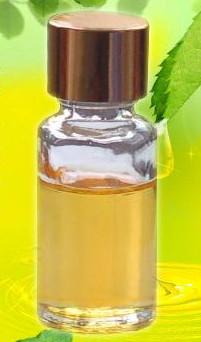Quality control in mustard oil production

Mustard oil is a spicy flavor-based seasoning that has been introduced in recent years. It is blended with mustard volatile oil and refined vegetable oil. As a seasoning for cold salad, it has the characteristics of convenient use, long storage period and health, so it is very popular among consumers. At present, there are more than 100 factories producing mustard oil in China, covering Tianjin, Beijing, Hebei, Shandong, Shanxi, Inner Mongolia, Heilongjiang, Jilin, Liaoning and other provinces and cities.
Because the production conditions vary from manufacturer to manufacturer, the utilization of mustard, energy consumption, and mustard oil produced are also qualitatively different. The author has tested several mustard oils sold in Tianjin and found that the content of spicy ingredients (mainly allyl isothiocyanate) in mustard oil produced by different manufacturers is still very different. Isothiocyanate The cool content ranges from 0.78 % to 1 32% latitude.
In order to ensure the quality of mustard oil and to protect the legitimate rights and interests of the vast consumers, we will talk about the experience of quality control in mustard oil production. When it is strictly used as a seasoning for the seeds of the mustard, it is called mustard. Mustard oil machine
Mustard is a Brassica herb, and the seeds of mustard are used as a seasoning to extract edible oil and are also medicinal. Mustard has black mustard, brown mustard and yellow or white mustard. Black mustard and brown mustard can be used to produce mustard oil. The dried seeds of mustard are not irritating. Only when they are soaked in water, they will have a pungent odor. It mainly comes from special Odor of isothiocyanate.
In black and brown mustard, there are black mustard mash (thioglucosides), which are hydrolyzed to produce isothiocyanate in the mustard endogenous enzyme glucosinolate hydrolase, thus producing irritating Spicy. Yellow or white mustard contains only white mustard mash (glucosinolates), which, under the action of glucosinolate hydrolase, can form non-volatile light-based thiocyanate vinegar, while light base The isopropyl thiocyanate is very unstable and is easily converted into a light ketone alcohol under alkaline conditions, and thus is not suitable for the production of mustard oil.
When buying mustard seeds, it is better to have full particles and a purple-brown color. Since the content of glucosinolates in different mature mustard seeds varies from place to place, each batch of mustard seeds should be tested for glucosinolate content. The mustard seeds are best harvested in the same year. The longer the storage time, the greater the loss of glucosinolates and the lower the oil yield. Usually mustard seeds should be stored in a cool, dry place, free from moisture or mildew. In addition, some vegetable seeds of the genus Mustard are similar to mustard seeds. Manufacturers should pay attention when purchasing raw materials: cabbage, broccoli, kohlrabi, rape, dagger, steamed cabbage, cabbage, and stalked Dish, greens, and scallions.
Control of hydrolysis conditions
The thioglucose in mustard seeds can be hydrolyzed to remove one molecule of glucose under the action of the naturally occurring glucosinolate hydrolase in mustard seeds, resulting in unstable intermediates - non-sugar ligands, non-sugar ligands. Non-enzymatic hydrolysis occurs immediately, and isothiocyanate, cyanate vinegar, cyanide and other compounds are formed according to different reaction conditions.